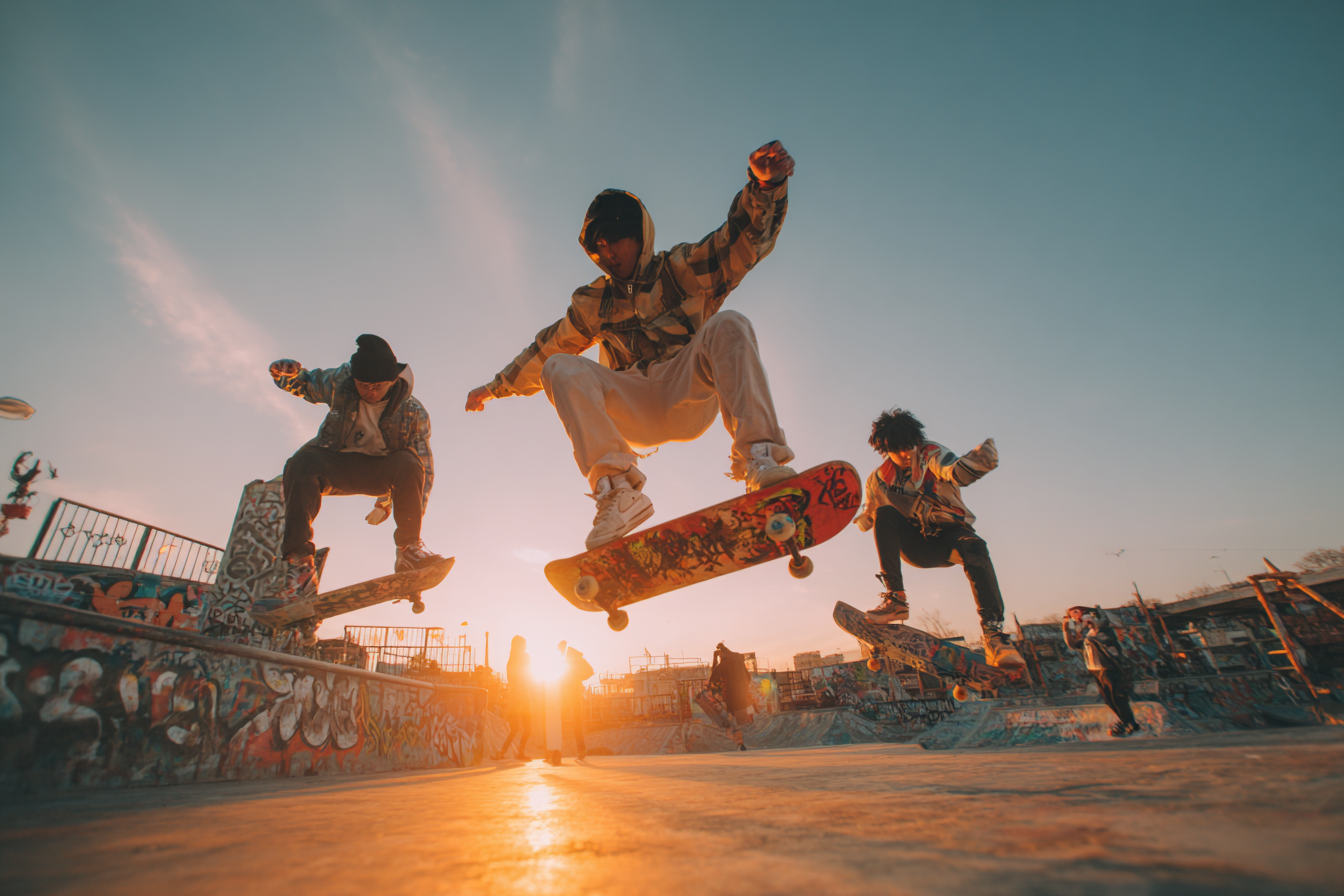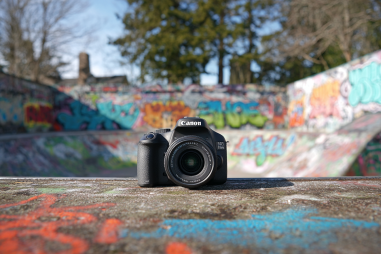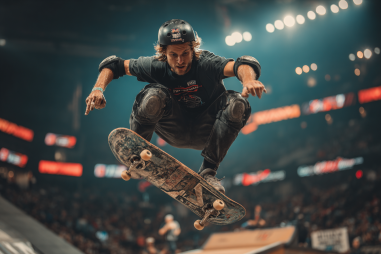Skateboarding culture is more than just a sport or a hobby—it’s a dynamic and influential movement that has shaped the lives and identities of millions worldwide. From humble beginnings on suburban sidewalks, skateboarding has grown into a powerful cultural force that crosses boundaries of geography, music, fashion, and art. As we explore the history and evolution of skateboarding culture, we’ll see how this once-simple pastime transformed into a vibrant global lifestyle embraced by diverse communities everywhere.
Origins of Skateboarding in the 1950s and 60s
The story of skateboarding begins in the late 1940s and early 1950s, when surfers in California sought to bring the thrill of riding waves to the streets. The original skateboards were rudimentary—wooden planks with roller skate wheels attached—and were often homemade. The idea was to mimic surfing moves on solid ground, leading to the nickname “sidewalk surfing.”
During the 1950s, skateboarding remained largely underground and experimental. Early skateboards were fragile and difficult to control, limiting widespread adoption. However, as manufacturers began producing better boards with clay wheels, skateboarding slowly gained popularity as a new way to experience freedom and creative movement outside surfing seasons.
The Rise of Skateboarding in the 1970s and 80s
The 1970s marked a pivotal period for skateboarding with the introduction of polyurethane wheels, which significantly improved grip and maneuverability on pavement. This technological leap sparked a boom in skateboarding’s popularity, transforming it into a mainstream activity.
During this era, skateboarding parks began to emerge, giving skaters a dedicated space to hone their skills and innovate new tricks. Iconic figures such as Tony Alva and Stacy Peralta pushed the boundaries of the sport, incorporating aggressive and stylistic moves that would define the era’s skateboarding identity.
The late ’70s and early ’80s also saw the rise of skateboarding magazines, videos, and competitions, which spread the culture beyond local scenes to a wider national and international audience. Notably, the skateboarding community started to solidify around a rebellious, anti-establishment ethos combined with camaraderie and inventiveness.
Evolution of Skateboarding Style and Community
As skateboarding continued to evolve, so did its style and community. The 1980s ushered in the vert skating craze, where skaters performed aerial tricks on half-pipes and ramps, showcasing athleticism and daring. Concurrently, street skating emerged as a dominant style, emphasizing the use of urban architecture—stairs, rails, ledges—as obstacles to conquer with technical precision.
The community itself diversified widely during this period. Skateboarding became a meeting place for creative spirits and outsiders looking for self-expression and belonging. Skaters developed a DIY attitude, often customizing boards, decks, and apparel to reflect personal identity and local scene influences.
Influence of Skateboarding on Fashion and Music
Skateboarding’s reach extended far beyond the streets and parks, deeply influencing fashion and music. Skate brands like Vans, Supreme, and Stüssy started as skate shops that grew into iconic cultural institutions, shaping style trends characterized by practical footwear, loose-fitting pants, graphic tees, and trucker hats.
Musically, punk rock, hip-hop, and alternative genres found a natural ally in skate culture. Bands like the Dead Kennedys, Black Flag, and later Beastie Boys became soundtracks for skate videos and gatherings, reinforcing skateboarding’s rebellious, energetic vibe.
This blend of music and fashion created a distinct aesthetic that helped skateboarding culture stand out, attracting youth seeking an alternative to mainstream subcultures and influencing wider pop culture in return.
Key Cultural Milestones and Events
Several milestones have marked and propelled the development of skateboarding culture:
- 1978: The opening of the first modern skateparks, like the Pipeline Skatepark in California, provided formal arenas for skaters to push their limits.
- 1983: The release of “Thrashin’,” a cult skateboarding film that captured the imagination of young skaters and brought the sport to cinema audiences.
- 1990s: The explosion of street skating and the rise of influential skate teams like Girl and Baker, alongside iconic skate shoe releases, helped widen the sport’s appeal.
- 2000s: The introduction of the X Games in 1995 and the inclusion of skateboarding in global events reinforced its legitimacy as an extreme sport.
- 2020: Skateboarding’s debut in the Tokyo Olympics marked a historic moment, bringing unparalleled global recognition.
Each of these moments contributed layers to the cultural tapestry of skateboarding, deepening its legacy beyond just sports achievements.
Modern Skateboarding Culture and Its Global Reach
Today, skateboarding culture is more vibrant and inclusive than ever. With social media platforms, skaters from every corner of the globe can share footage, connect ideas, and celebrate their passion instantaneously. Cities worldwide host skateparks, competitions, and festivals that cater to diverse skill levels and styles.
Modern skateboarding is marked by a growing emphasis on creativity, sustainability, and community activism. Many skaters participate in urban renewal projects or work to make skateboarding accessible to underserved communities, emphasizing the sport’s ability to inspire social change.
Culturally, skateboarding continues to influence art, fashion, and music, with collaborations between skate brands and high fashion designers, and skate-inspired aesthetics appearing in mainstream media. The global skateboarding community remains a hub for innovation, expression, and friendship.
Reflecting on Skateboarding’s Enduring Legacy
From its unsophisticated beginnings as a makeshift way to mimic surfing to becoming a cornerstone of youth culture worldwide, skateboarding’s journey is a remarkable testament to creativity, resilience, and freedom of expression. Its impact goes far beyond the tricks and parks, embedding itself into the fabric of popular culture and empowering generations to carve out their own identities.
As skateboarding continues to evolve, it maintains the spirit of adventure and rebellion that has defined its culture for over 70 years. Whether through new styles, expanded communities, or broader cultural influence, skateboarding remains a powerful force that inspires passion and connection around the world.







